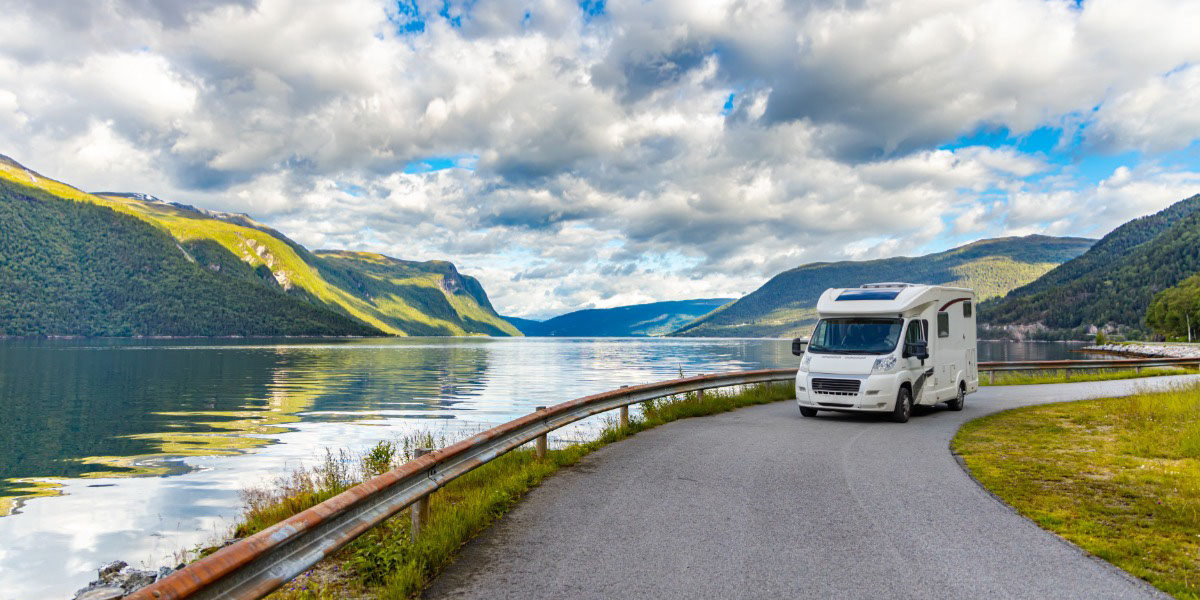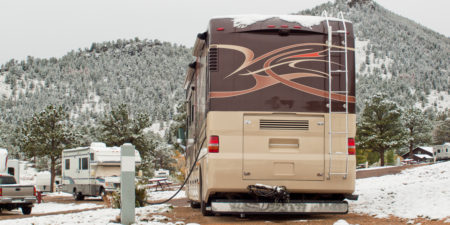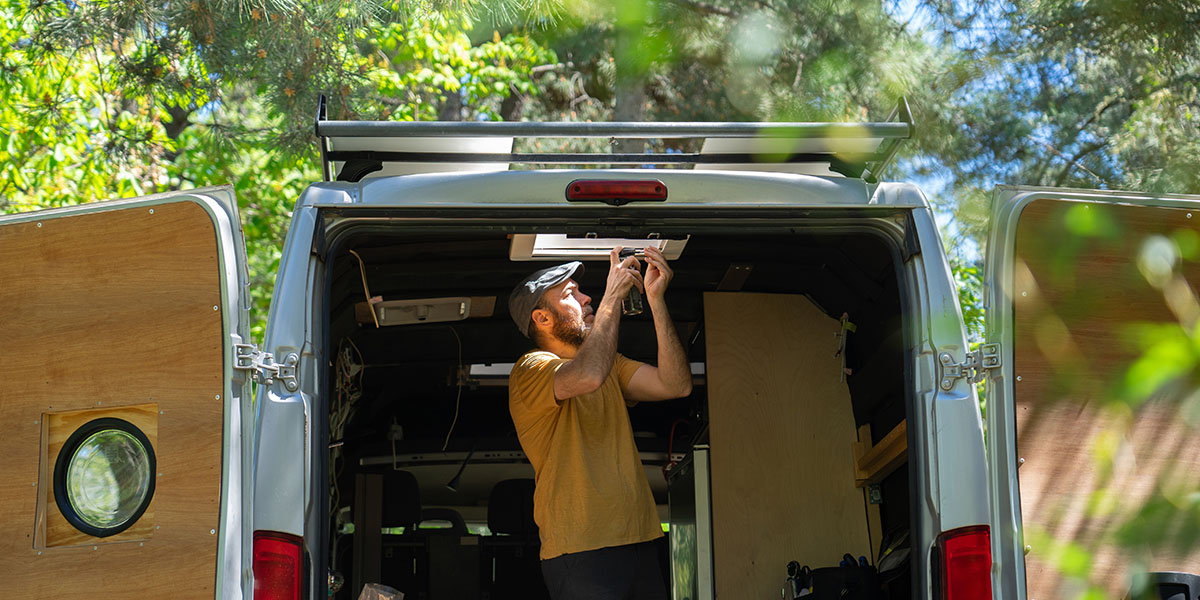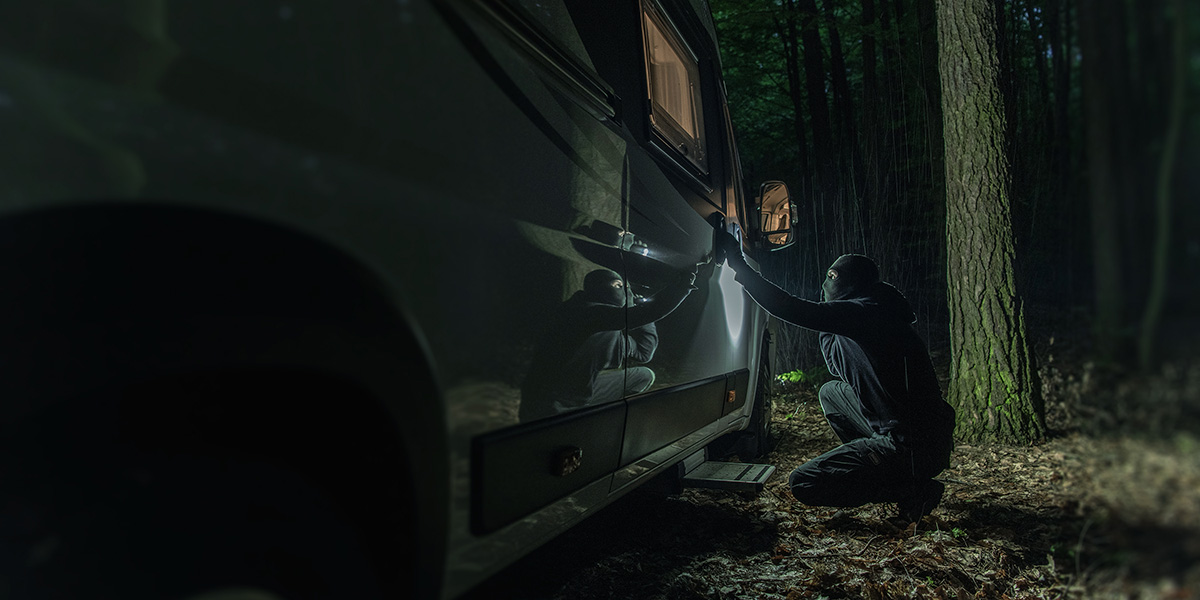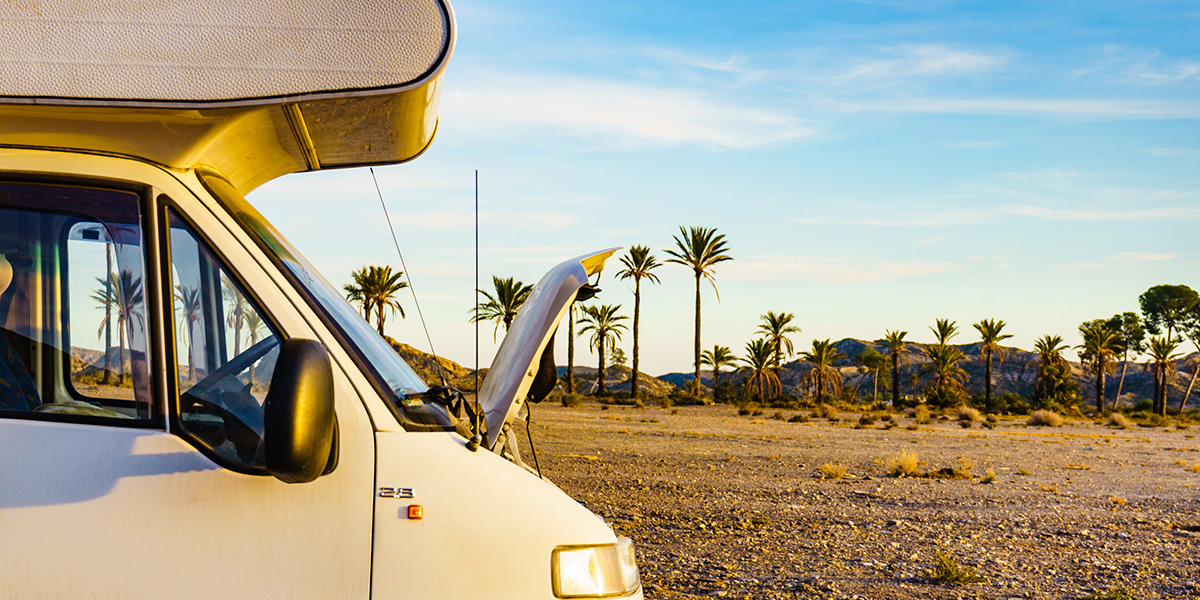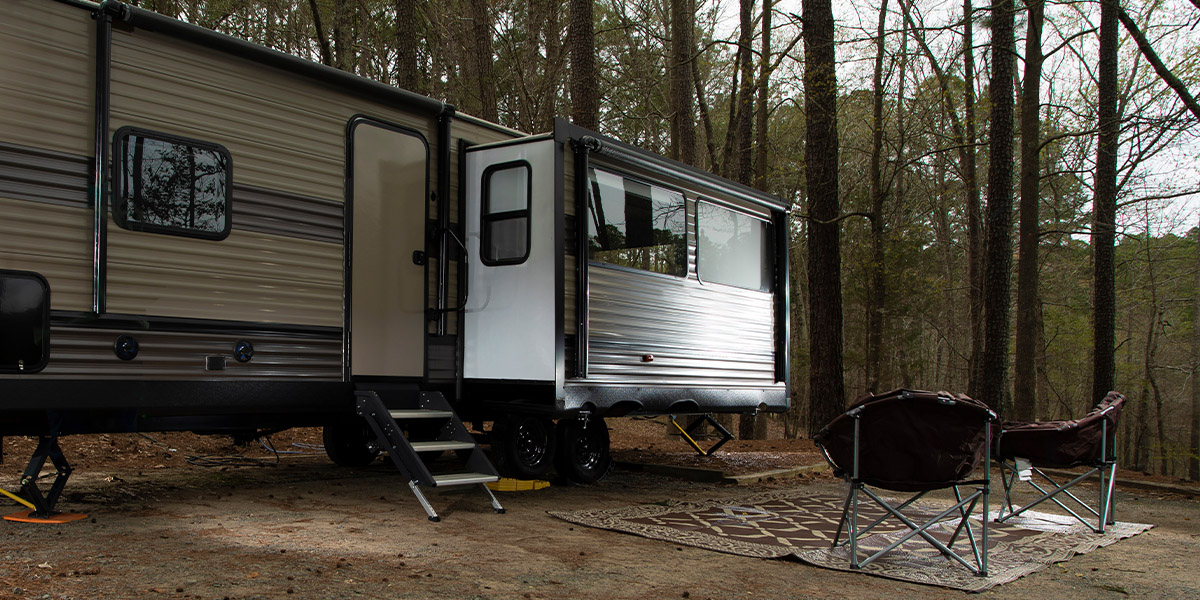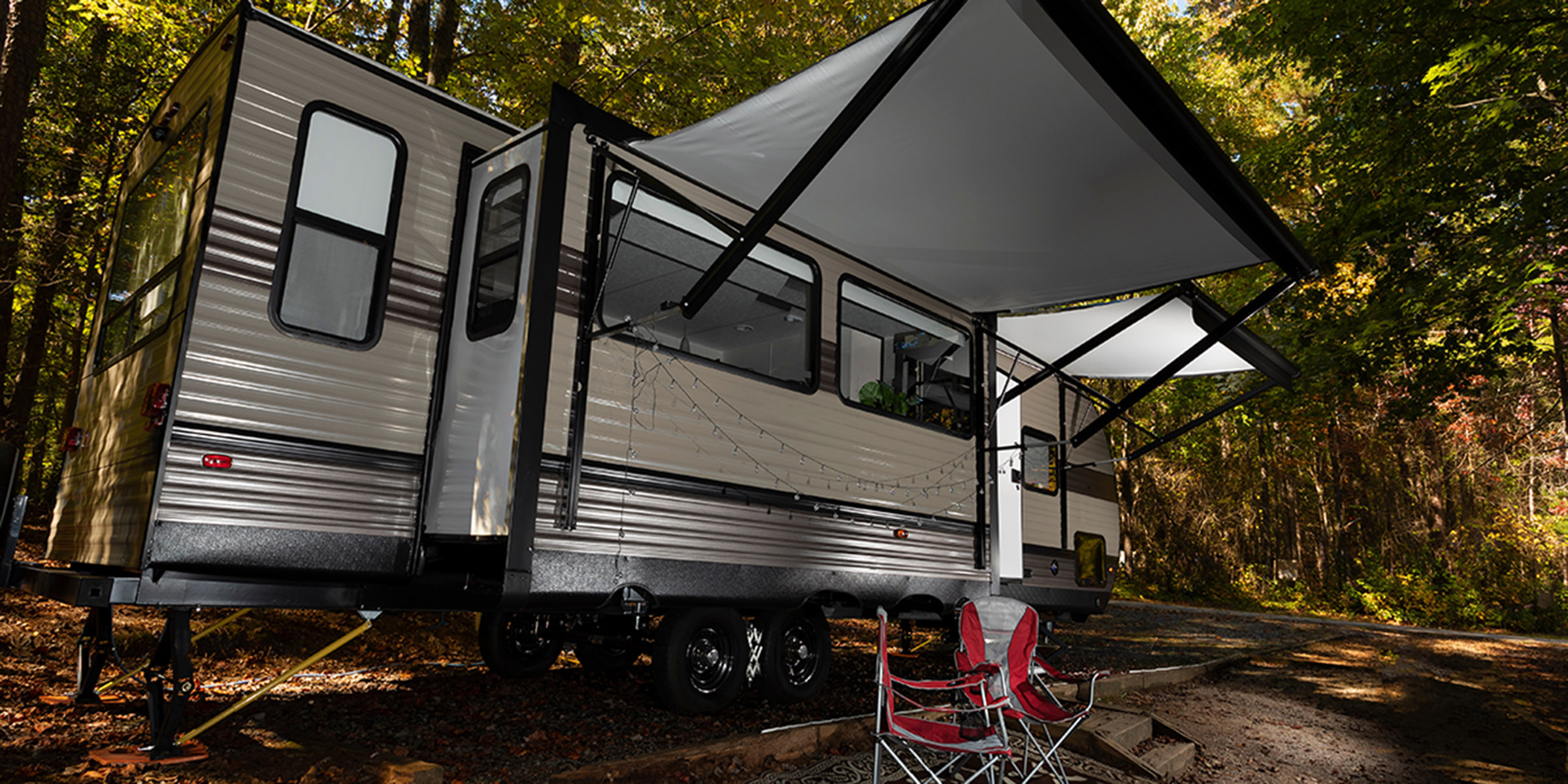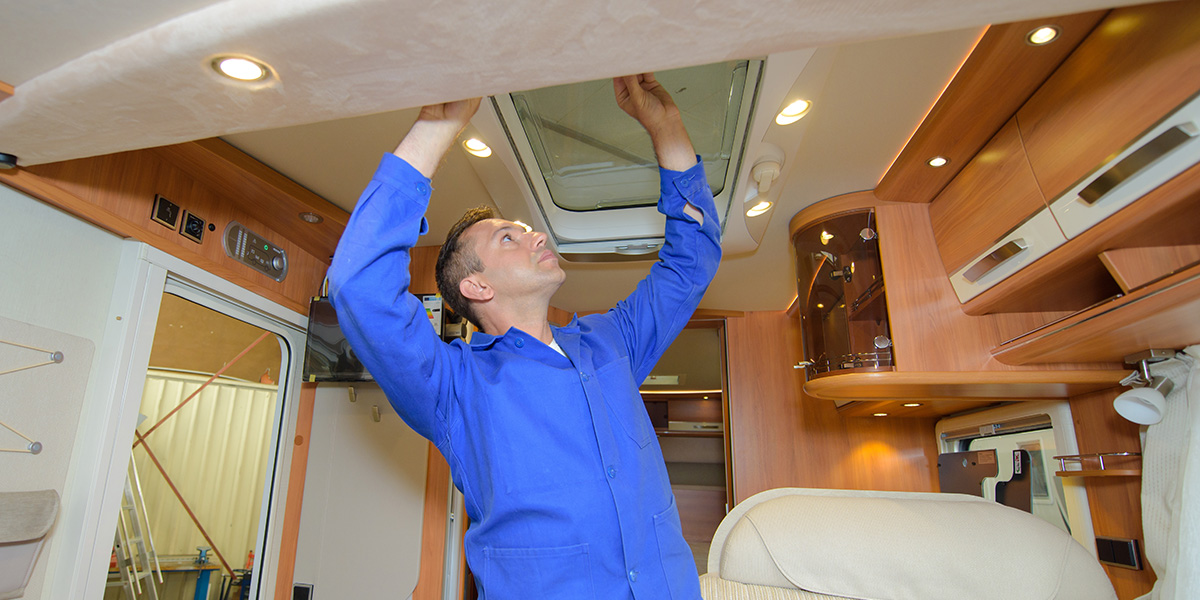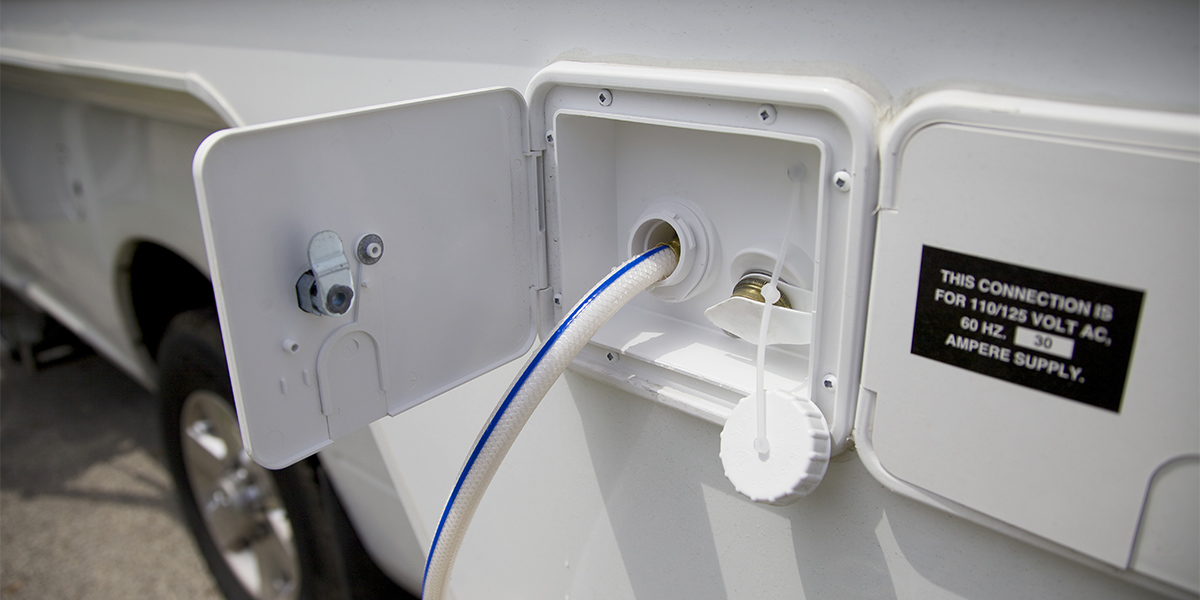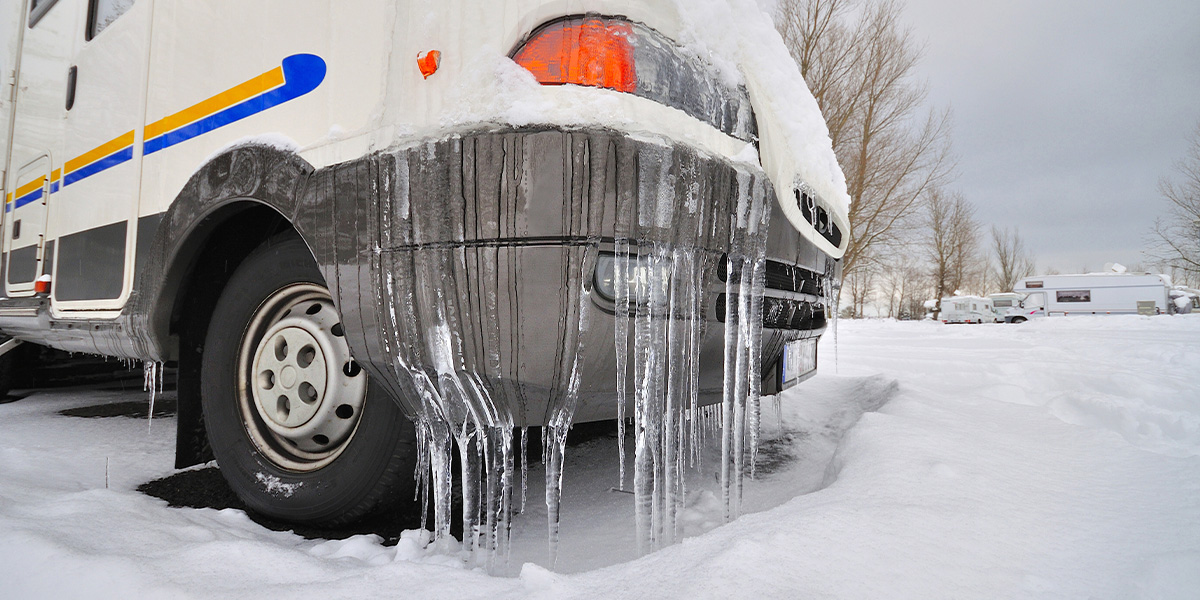Whether your RV is your home or your home-away-from-home, its primary purpose is to provide you with safety and security while you discover new and exciting places. But just like any home, your RV can experience various issues from time to time. Here are the six most common problems RV Trader has been hearing about and what you can do to prevent or safely resolve them.
Water Damage
One of the most common issues that RVers face is water intrusion. While it’s more of an issue with older RVs, the fact that RVs have a lot of “cut outs” by way of windows, generator ports, and other places where aftermarket accessories may have been added, creates the potential for water to seep in. This is especially true with the fact of wind-driven rain being swept by at 60 miles per hour or so, and that the bumps and bounces along the open road have a tendency to test even the best silicone sealants.
Electrical Problems
Electrical issues tend to come up as the second biggest issue RVers face. It’s not surprising considering there are hundreds of feet of wiring in a rig, especially the bigger ones. Again, every pothole or bump that you hit has the potential to loosen a wiring connection that could cause intermittent problems with almost anything electric in your Class A or other RV, from the headlights and slide outs to the wall sockets and bathroom fans. While electrical problems are an inconvenience, they also present potential fire hazards. Unless you are a licensed electrician who specializes in vehicular wiring harnesses, seek expert assistance immediately.
Tire Wear & Tear
The third most common issue is tire wear. If your load isn’t balanced, or if there is an issue with the alignment of your RV’s frame, or just because RVers have a habit of driving on a variety of surfaces, issues with tread wear could appear on one tire, the tires on one side of your vehicle, or all tires. Examine the wear pattern(s) and consult with your dealership on what could be causing the problem. Tires aren’t cheap, so you want them to provide you with as much life as possible. You also don’t want to be stuck in the middle of nowhere trying to change a flat.
Consult Your Local Dealer
Whether it’s a fifth wheel trailer, a Class C motorhome, or other RV, they are built to take a bit of a beating on the road, but they are not infallible. If you have any problems with the issues mentioned above, you should stop by the nearest RV dealer for service. Be sure to explain your concern(s) and anything else pertinent to the issues you are experiencing. RV technicians are familiar with and trained to resolve just about any RV problem you can throw at them. Even if it’s just a matter of them recommending the right kind of silicone sealant you should use for water leaks for do-it-yourselfers, you can have peace of mind knowing that you have the right tool for the job.
Connect with the RV Community
So, what about if you experience something while you’re on the road or boondocking and you don’t have immediate access to an RV service professional? You might be able to find comfort and assistance from other RVers.
“Join an RV group on your favorite social media platform,” offers Michelle McClure who has been RVing full time since April 2021 with her husband Kelly. “Facebook and Reddit have several, even some that are brand specific. I’ve learned so much from these groups. Seeing these posts may prompt you to check on the doodad or whatchamacallit before it becomes a problem.”
McClure adds that when a problem does happen, search the groups to get help with troubleshooting. YouTube is also a great resource for do-it-yourself fixes. If you can’t find a solution that matches your situation, post a question on your social media sites with lots of details: the type of RV, your general location (for some issues, being in Texas versus North Dakota makes a difference), if the RV has been stored for a month before the issue happened or if you are a full-time RVer, etc. The details will help those responding to you, and the answers you receive could potentially help the next person searching for the same or similar problem.
Making More Room
However, not all issues have to do with the rig itself. Brenda Esdohr, still considers herself as a “newbie” to the RV lifestyle, but she has some good advice for how to avoid an emotional issue that many RVers face.
“Downsizing is an emotional journey,” said Esdohr. “As full-time RVers begin the process, it’s always suggested to start with the easy things first, like the treadmill you haven’t used in three years, the clothes that don’t fit, and all the kitchen gadgets we thought would make our life easier but only take up space. But after we’ve done the easy stuff, then there are the boxes or totes full of precious memories and the larger heirloom furniture pieces.”
Before just donating those items, giving them away, or putting them in a storage unit, Esdohr suggests digitizing them so even when you’re in your travel trailer or other RV, you can be surrounded digitally with all the memories of items you loved.
In addition to being able to go where you want to go when you want to go, the RV lifestyle provides a unique opportunity to meet other like-minded people who share the same interests, passions—and yes, problems—you may encounter on the road.
If you are looking for a new or used RV to join you on your next journey, take a look at the nationwide listings of RVs available on RV Trader.
By Barrett Baker
